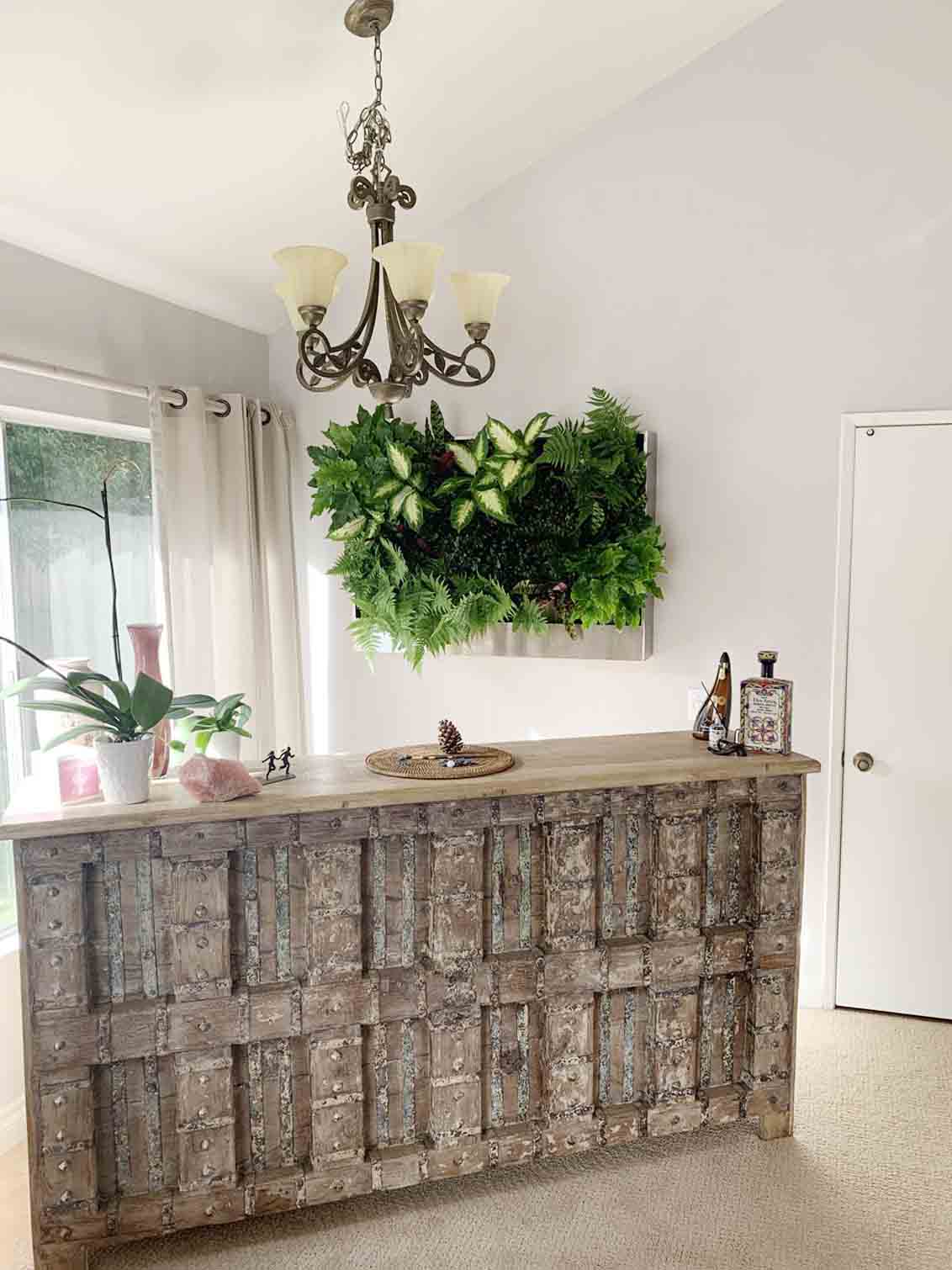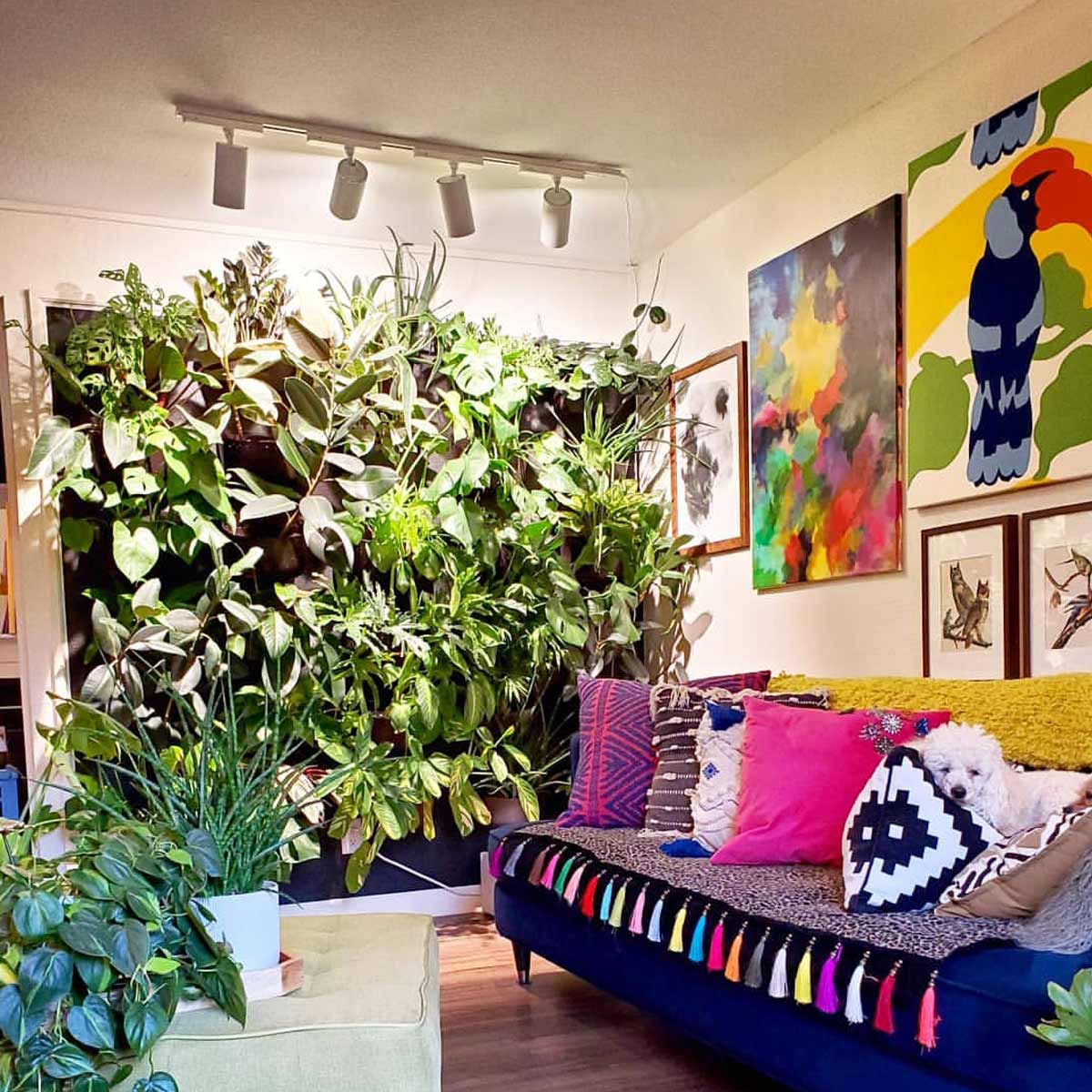
Table of Contents
An Introduction to Biophilic Design
The COVID-19 pandemic has really changed how people go about their everyday lives. People are staying in their homes more and only going out for the necessities. The workplace has changed as well as online meeting platforms such as Zoom and Microsoft teams grow in popularity. This encourages employees to work from home, which seems to increase productivity as well as cut down on commute times. As time goes on, more and more people will likely choose to work from home, even after the pandemic is over. Now more than ever is a great time to incorporate more biophilic design to your home. That way, instead of living in a room devoid of life, you can bring the outdoors inside.What is biophilic design?
The word biophilic comes from the term “biophilia”. This term was coined in the 1980s by Edward Wilson and it means “love of nature”. There is a theory that humans have an innate desire to be amongst nature. Biophilic design is a concept where nature is connected to the infrastructure. At first thought, this may just be having the occasional potted plant around your house. But as you dive deeper into it, you can really immerse your home with this design. From natural lighting and ventilation to natural landscape features, there are more reasons than just aesthetic to incorporate biophilic design into your home or office.Why is biophilic design important?
Although the modern world has many benefits to it, one downside is the extreme urbanization of the world. As more and more cities, or “concrete jungles” arise all over the world, we lose our connection to nature. With the constant stress of jobs and lack of accessibility, fewer and fewer people are getting out and immersing themselves in nature. One way to get around this is by incorporating nature into your home. That way, if you are not able to make it out due to work, studying or life in general, you will always have some nature not too far away.
An example of biophilic design in an office setting from https://biofilico.com/biophilic-design
How can I incorporate biophilic design into my house?
As is the case with most interior design, it may seem a little daunting where to start. If you are new to this style of design, you may not know where to start or what to look for. A good place to start is by opening your windows. Just by letting natural light and fresh air into your home, you are already connecting nature with your home. The next step would likely be to get some plants involved. One product that we offer here at Soltech Solutions is the Residential Living Wall. This 40” by 32” stainless steel wall hang has 21 containers for plants and can really add to your wall. When it is fully stocked and fully grown, the living wall can make it feel like a mini jungle is hung on your wall. For a smaller, more cost friendly option, we also offer the Wally Eco Wall Planter. Both of these options can hang on your wall providing great places for your plants to reside. The good thing about biophilic design is that you can make it whatever you want. If you want smaller plants such as succulents you can easily take care of them, and if you want to go for larger plants or trees such as the fiddle leaf fig or bird of paradise, you can also arrange your interior décor to suit these plants. It’s your home and you spend much more time in it than you realize so design it in a way that you’re going to love it.
An example of biophilic design in the home setting
What are the benefits to biophilic design?
-
Save on your energy bill
- The more natural light in your home the less energy spent on lights. Lights can cost up to 20% of your electricity bill and depending on your other utilities, you could be spending a lot
-
Improves air quality
- Plants take carbon dioxide out of the air and put oxygen back in. They also can transpire through their leaves which makes the air more humid. Check out our blog on air purifying plants to see which ones have been proven to improve air quality the most.
-
Counters seasonal depression
- As the days get shorter and the weather gets colder, people are forced to stay in more. Just as is the case with the pandemic, the more time you spend inside, the more it begins to affect your mental well-being. Studies have shown that having access to nature can alleviate stress and improve your overall well-being. There is also growing research that full-spectrum grow lights can have an impact on SAD.
-
Adds structure to your day
- The more time that is spent indoors, the more likely you are to lose your daily rhythm. By having plants to take care of, you now have an additional task to your day that can help keep you on a schedule while staying at home.




